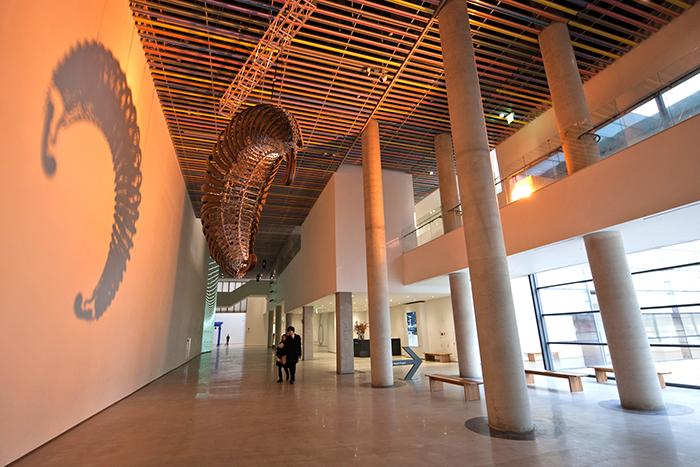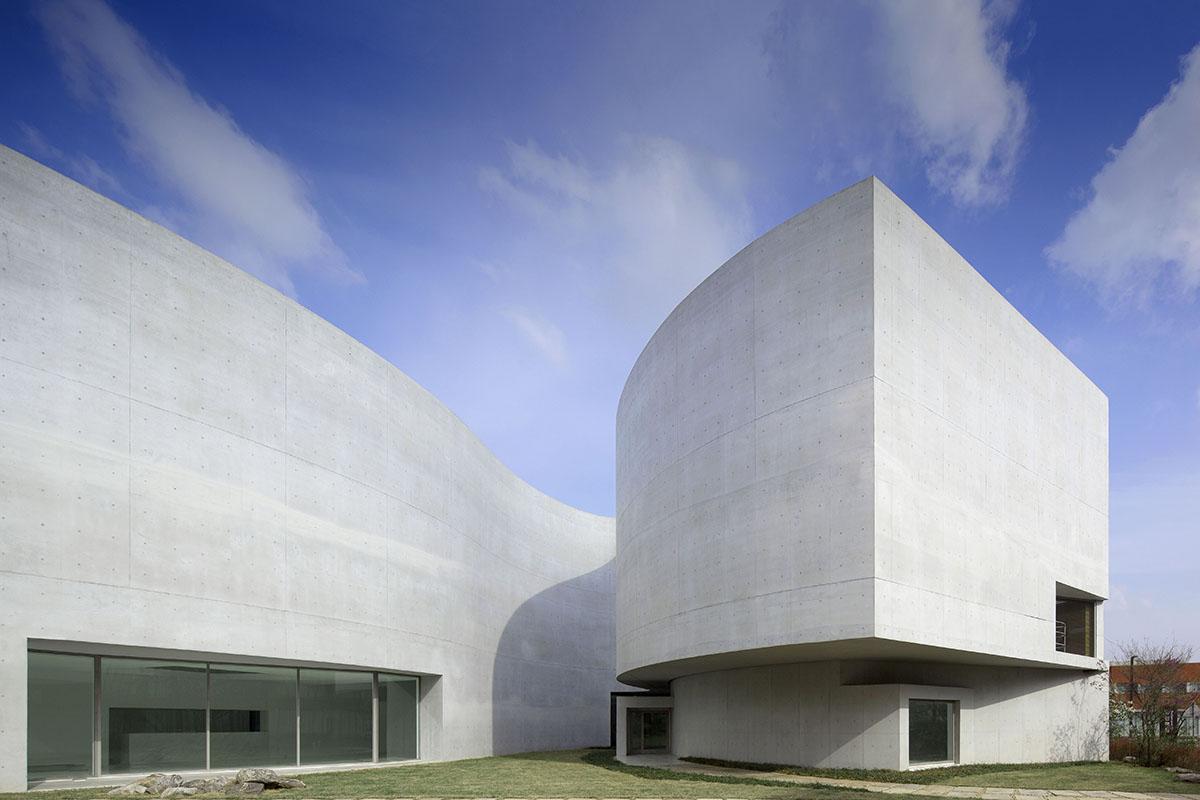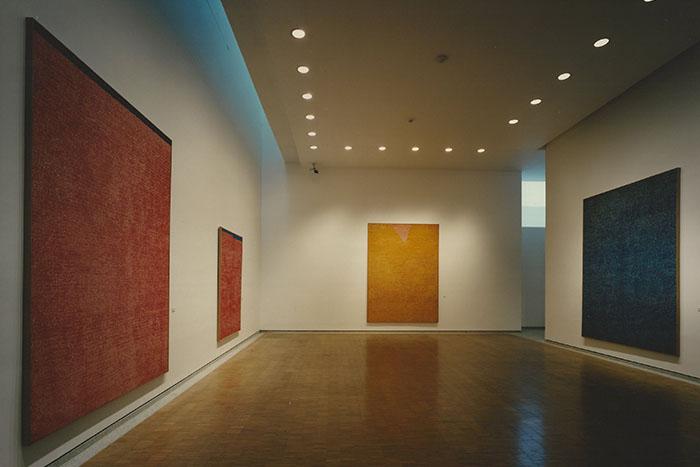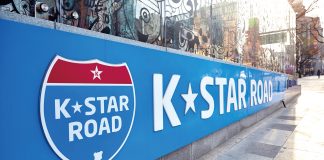Urban museum roofed under traces of time
National Museum of Modern and Contemporary Art, Seoul
Hyoun-jun Min | Republic of Korea

The Seoul branch of the National Museum of Modern and Contemporary Art, also called MMCA Seoul, is located in the heart of Seoul, sitting next to Gyeongbokgung Palace on the west, Samcheong-dong on the north, Bukchon Hanok Village on the east, and Insa-dong on the south. In consideration of its location, the museum was planned as an urban museum that exhibits contemporary artworks of various genres.
MMCA Seoul preserves the architectural traces and memories of significant historical times ranging from the Joseon era (1392–1910) to the Japanese colonial era (1910–1945) and the Korean War (1950–1953) period. Architect Hyoun-jun Min tried to embrace these traces and memories to create a building that melds with the surrounding environment.

As such, the museum consists of three buildings of different periods—a government office building from the Joseon Dynasty, a modern building built in the early 20th century, and a newly built contemporary style building. In particular, visitors can witness the remnants of different periods while sitting at the center of the museum’s vast garden. They can also enjoy the beautiful landscape created by Gyeongbokgung Palace and Inwangsan Mountain on the west.


MMCA Gwacheon
This museum sits on the foothills of Cheonggyesan Mountain encircled by nature. It offers visitors both art and relaxation amid nature through various programs and facilities (i.e. eight exhibition halls including the circular gallery, outdoor sculpture park, and Children’s Museum).

MMCA Deoksugung
It is situated in the west wing of Deoksugung Palace’s Seokjojeon Hall, the first Western-style stone building in Korea. The beautiful garden next to the museum creates perfect harmony with the nearby buildings, and it adds to the elegant atmosphere of the museum. Another merit of the museum is that it exhibits renowned modern artwork from across the world.

MMCA Cheongju
Housed in a former tobacco factory, MMCA Cheongju was designed to maintain the previous factory structure as much as possible to preserve its historical value. The museum exhibits approximately 11,000 pieces of artwork. In particular, unlike conventional storage, the “Visible Storage” allows visitors to enter and enjoy works of art that the museum stores behind glass windows.

TIP
Not far from MMCA Seoul, Insa-dong is a popular tourist site among foreigners who want to experience traditional Korean culture. The streets are filled with antique shops, traditional handicraft stores, traditional tea houses, restaurants and galleries.
TOURIST ATTRACTIONS
• Songwon Art Center
• Gyeongbokgung Palace
• Bukchon Hanok Village
• Insa-dong
Address
30 Samcheong-ro, Jongno-gu, Seoul
Way
10-min walk from Exit 1 of Anguk Station, Subway Line 3
Shuttle bus operated between Gwancheon, Seoul and Deoksugung branches. Check website for schedule.
Tel
02-3701-9500
Admission
4,000won
Website
www.mmca.go.kr
Time
10:00–18:00 (Closed on Mondays)
Beauty of curves
Mimesis Art Museum
Alvaro Siza | Portugal

Mimesis Art Museum was designed by Alvaro Siza, who is called the “last living master of modernist architecture.” The owner of the museum had visited buildings designed by Siza in Portugal and the UK before asking him to design this museum. The design of Mimesis began from a sketch of a cat curled up and falling asleep under the warm afternoon sun. Indeed, the actual shape of the museum resembles a white cat lying on the quiet fields in Paju.
Except for the floors, both the museum’s interior and exterior are white. Siza, known for his thoughtful consideration of the users/residents rather than pursuing external splendor, hid functional hardware such as switches and power outlets, and whitewashed the walls and ceilings to create an exhibition space ideal for displaying and viewing artwork. Siza contained variedly sized exhibition spaces into a single mass. Each small space is smoothly connected along curved walls. Plus, the gentle natural light coming through the skylight shines on the walls and exhibition halls, creating a mystical and beautiful ambiance.

In addition, the architect carefully considered the movement of natural light and the amount of illumination that will be reflected through the exhibition spaces. The exhibition halls do not have any artificial lighting inside. Instead, Siza designed and installed an illumination controller on the roof to adjust the amount of natural light that comes in over time through the skylight, which is not visible to visitors. Thanks to such careful attentions, great works of art can be enjoyed at the optimum level of brightness. Visitors can walk around the exhibition space while appreciating the artwork, and enjoy the soft and delicate natural light that moves along the curved walls throughout the day.

TIP
Paju Book City, where the museum is located, is home to more than 250 publishers, and there are also bookstores, book cafés, galleries, exhibition halls, museums and more.
TOURIST ATTRACTIONS
• Heyri Art Valley
• Odusan Unification Observatory
Address
253 Munbal-ro, Paju-si, Gyeonggi-do
Way
Exit 1 of Hapjeong Station, Subway Line 2 or 6 → Bus no. 2200 and get off at Simhakgyo Bridge → 1-min walk from bus stop
Tel
031-955-4100
Admission
5,000won
Website
mimesisartmuseum.co.kr
Time
Nov–Apr 09:00–18:00; May–Oct 10:00–19:00 (Closed Mondays, Tuesdays, Jan 1, Seollal & Chuseok holidays, and Christmas)
Esthetics of simplicity in harmony with the surroundings
Whanki Museum
Kyu-sung Woo | Republic of Korea

Like the Museu Picasso and Musée Matisse, Whanki Museum was created in commemoration of a single artist. Whanki Kim (1913–1974) was a world famous artist who created a unique artistic world based on Korean lyricism. When his friend, architect Kyu-sung Woo, was asked to design a museum dedicated to Whanki Kim, Woo planned to create a building that would harmonize with the artist’s style and artwork. Under the concept of “stylish modernity added to traditional Korean architecture, which highlights harmony with natural elements such as mountains, the moon, clouds, rocks and trees,” Woo combined typical layout of traditional Korean architecture with modern design aspects to create a museum where visitors can see and feel the unique and distinct beauty of Korea.

The museum is comprised of the main building, Annex 1, Annex 2 and the inner court. Each building along with the outdoor spaces are laid out along the foot of Bukhansan Mountain, which is a layout often seen in traditional Korean temples. The winding slope that follows the buildings offers charming views of the structures. In addition, the distant views of Inwangsan Mountain as seen from the slope add to the picturesque beauty.


Visitors can also experience the unique atmosphere inspired by traditional Korean architecture. Light coming through the glass tile walls and the Well of Light on the rooftop courtyard gently brighten the exhibition space, creating an atmosphere similar to a hanok (traditional Korean house), which lets in soft sunlight through the windows made of hanji (traditional Korean mulberry paper) and wooden frames.

If you walk out to the courtyard outside the exhibition area, there is a traditional Korean garden. The Well of Light and the glass tile wall surrounding the inner court create a cozy traditional atmosphere that is even more beautiful and serene at night.
















![[A ZONE] Gangnam Food Spot](https://m.dgram.co.kr/wp-content/uploads/2020/09/A존-알래스카3-특성이미지_S-324x160.jpg)
![[A ZONE] Gangnam Life Style](https://m.dgram.co.kr/wp-content/uploads/2020/09/로우클래식1-특성이미지_S-324x160.jpg)




